What Will You Accomplish in 2016?
Goodbye 2015. Hello 2016! The start of a new calendar year is an excellent time to reflect on the year that was, and to set goals for the year ahead. Have you spent any time sorting what you would like to accomplish in 2016?
On most “New Year Resolutions Lists” you will find the usual suspects: to eat better, exercise more, take up a hobby, spend more time with family, or be more financially responsible. And although all of these resolutions are a good idea, the problem is they lack real substance, they aren’t concrete, they are more like a general direction without a final destination. In order to make a real change, you are going to want to figure out exactly what you want and figure out how you are going to get there.
In a couple of year end articles published on Spring the blog (a Canadian personal finance blog) “What I want for you in 2015” and “What I want for you in 2016” author and financial planner Sandi Martin outlines “Clarity” and “Ownership” as what will affect real change. Finding clarity, or the understanding of where you are now (and where you have come from) is the first step in making plans that will get you to where you want to go. While ownership is the engagement, the effort, the commitment to getting you there.
So what are your financial goals in 2016 as they relate to where you live? Maybe you are looking to buy your first home, maybe your family is growing and you need more living space, maybe it’s time to get serious about paying off your mortgage, or maybe you have an empty nest and it’s time to downsize. Regardless of where you find yourself along this timeline, the best thing to do right now is to find clarity. And I can help you with that.
As an independent mortgage professional, I work with multiple lending institutions and offer a wide range of mortgage products. I can help you look at all the options you have available to you, options you might not even know are available to you. If the goal is to find clarity in order to be able to take ownership, you don’t have to go it alone.
If you are in a place where you want 2016 to be better than 2015, if you are serious about taking ownership of your finances in 2016, consider this my invitation to reach out and contact me about working together to build a plan that will help you accomplish your mortgage and housing goals!
Here’s to a prosperous 2016! All the best in the year ahead!
Recent Posts



Contact Me Anytime!
The best way to get ahold of me is to submit through the contact form below. However feel free to give me a shout on the phone as well.




